Just as the previous photoessay focused on the distilled shapes and forms of the organic, today’s does the same for the inorganic. Hard shadows play off hard lines and angles and deep blacks create a sense of spatial discontinuity that turns the unknown into a solid anchor, intentionally inverting perception. Sorry, sometimes I forget I’m not writing for a society art critique. Most of the time, I just like the shapes. MT
This series was shot with the Nikon Z7 and contains SOOC JPEG images using my custom Picture Controls, available here. Similar results are available with other cameras by following the Monochrome Masterclass workflow.
__________________
Ultraprints from this series are available on request here
__________________
Visit the Teaching Store to up your photographic game – including workshop videos, and the individual Email School of Photography. You can also support the site by purchasing from B&H and Amazon – thanks!
We are also on Facebook and there is a curated reader Flickr pool.
Images and content copyright Ming Thein | mingthein.com 2012 onwards unless otherwise stated. All rights reserved
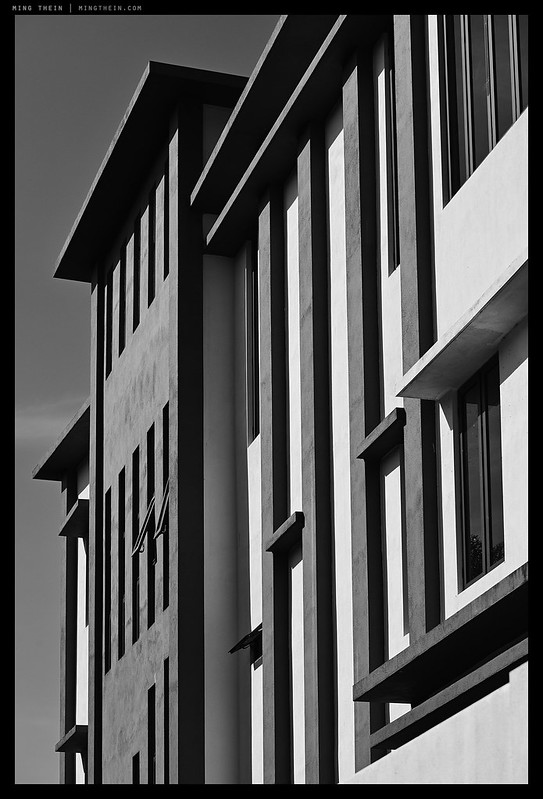
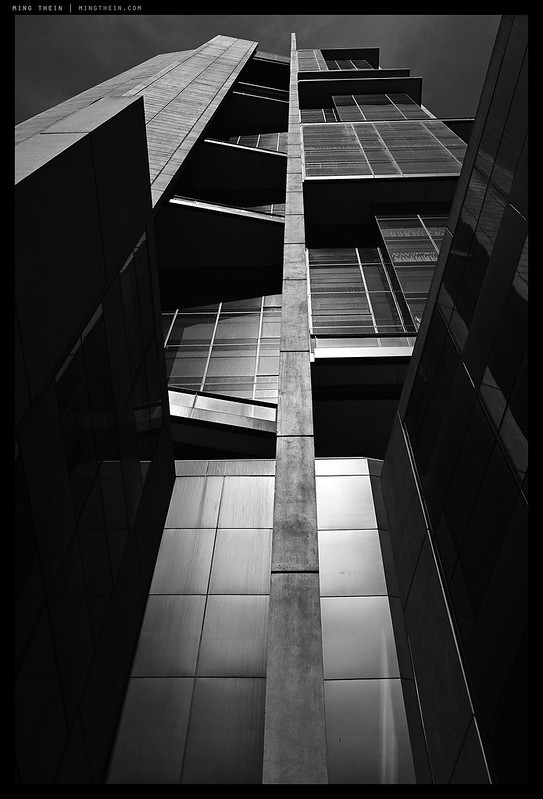


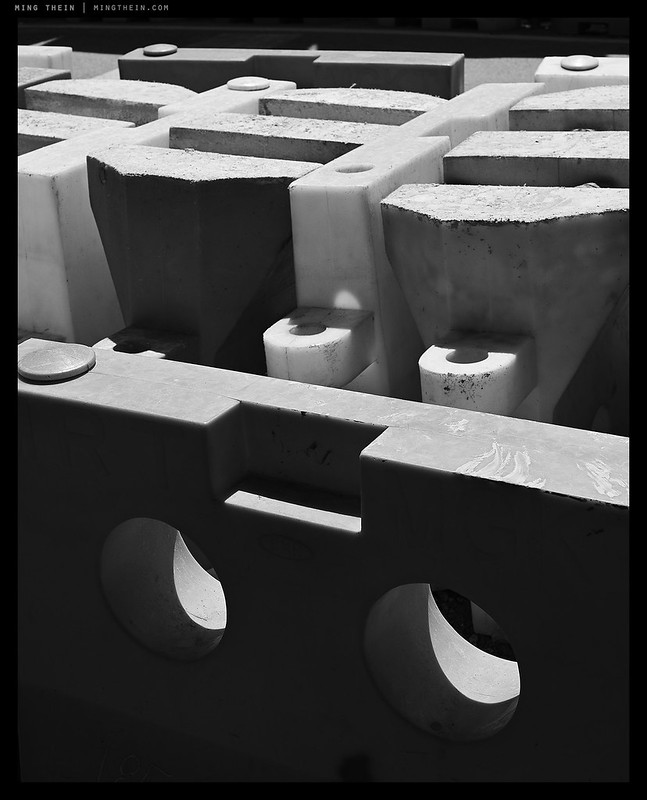
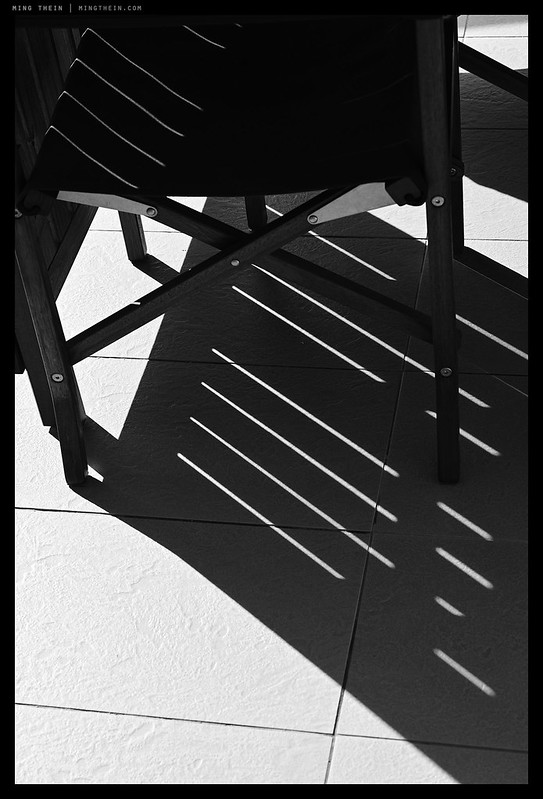

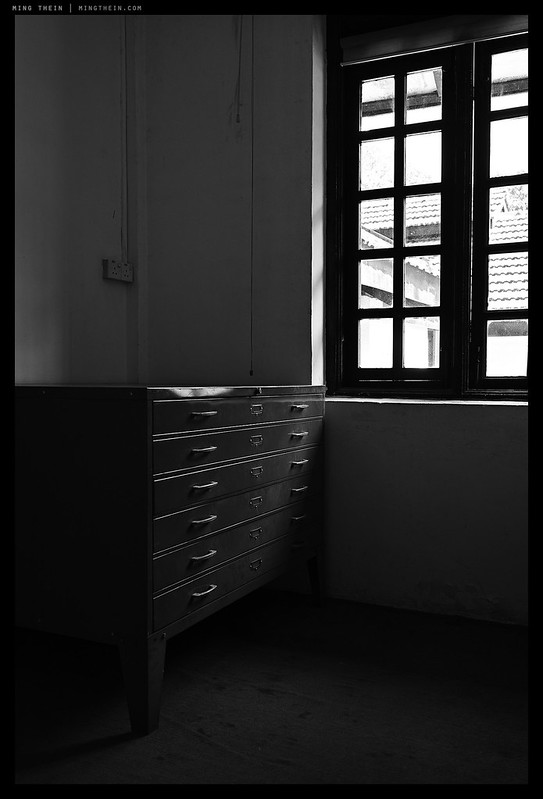
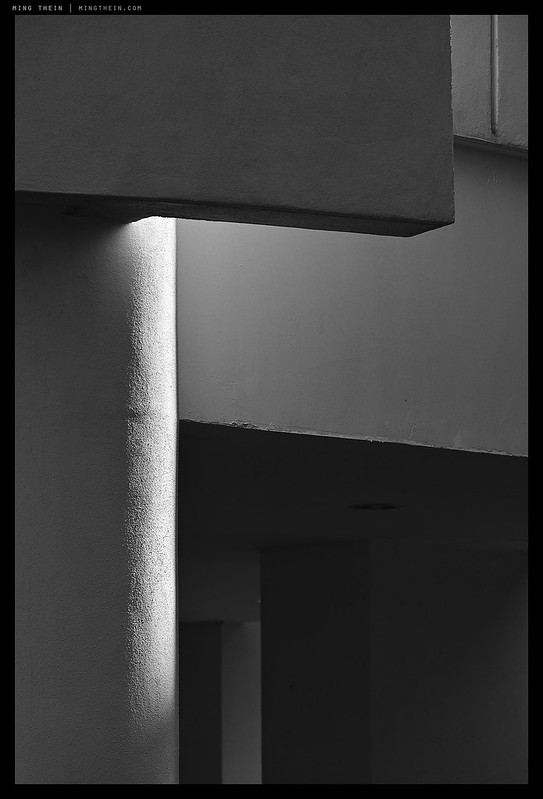

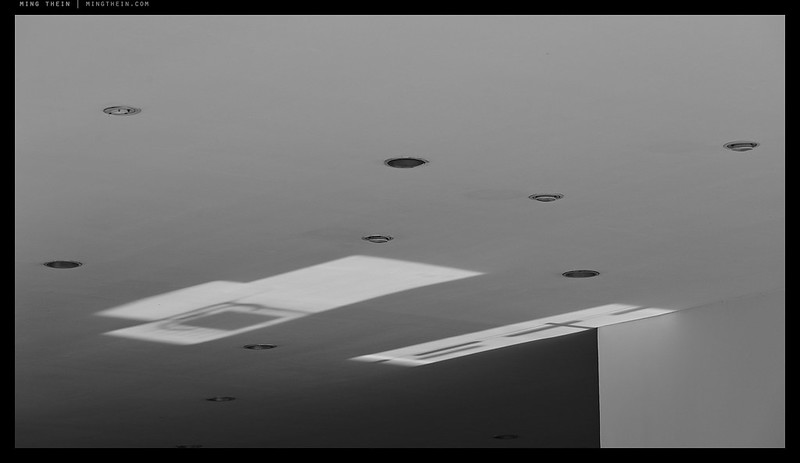
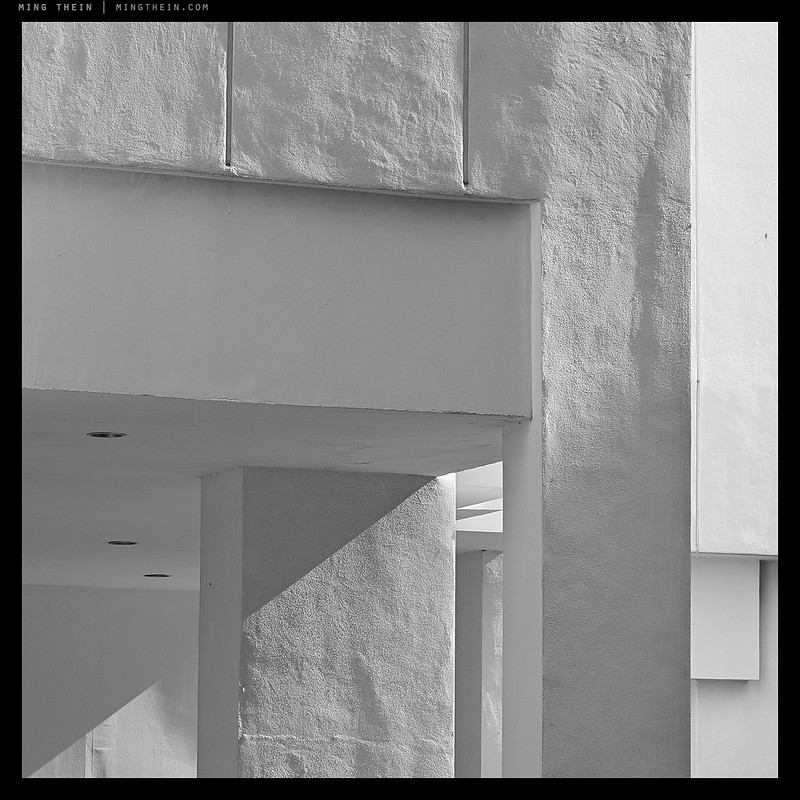
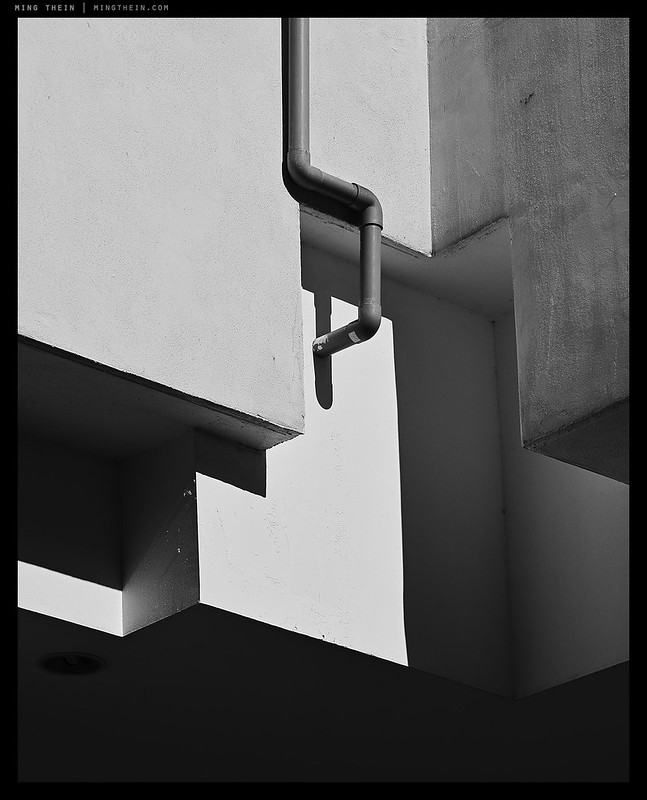
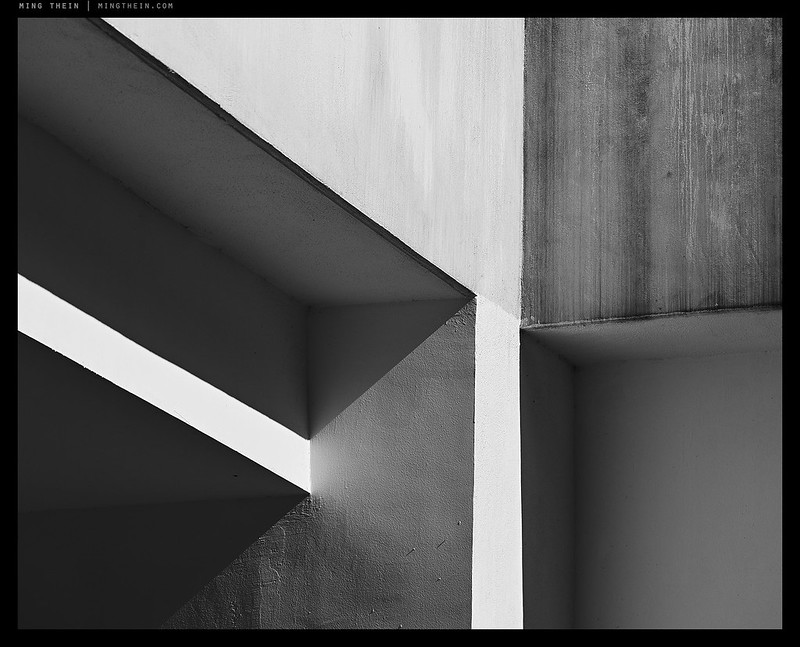
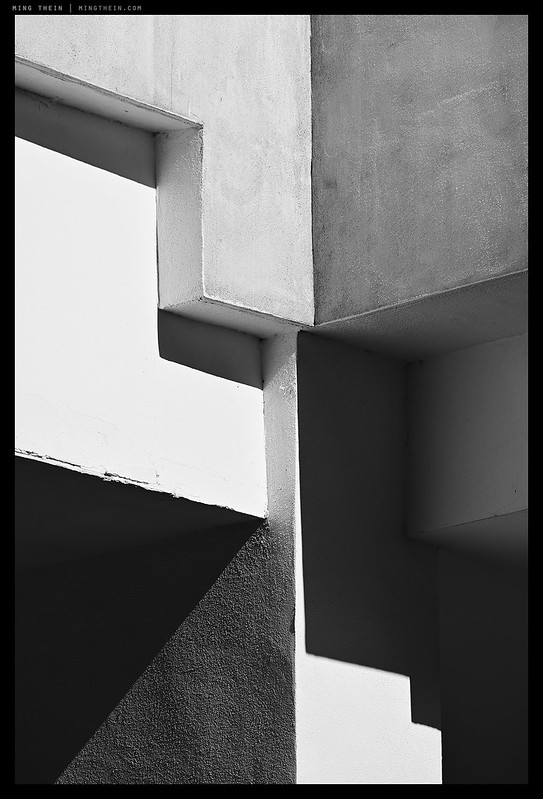





This series, and a lot of your architectural Black and White photography is the kind of art that is not so much about the answer but about the question. In this Instagram paced photographic world, I cannot just scroll fast through it. Will this be the answer to our superficial photo viewing?
I like to think with slightly more considered viewing, the audience will find their own answer in the image – but you’re right; you need to stop long enough to ask the question, first.
Oddly enough I suspect even if the overall quality maintained but quantity of output increased significantly – the net effect of over saturation of images and little attention paid to any one image wouldn’t really change. Quality of course matters, but bombardment really doesn’t help.
Opps… disregard / delete last comment please. Just searched and found your Z7 article. Let me read that instead. Sorry about that.
Are you planning on doing a review of the Nikon Z6 or Z7, Ming? I would be interested in your opinions.
I previously reviewed the Z7 and posted a mid term report, and one of my colleagues guest reviewed the Z6, too:
https://blog.mingthein.com/2018/09/29/2018-nikon-z7-24-70-review/
https://blog.mingthein.com/2019/01/12/long-term-thoughts-on-the-nikon-z7-and-system/
https://blog.mingthein.com/2018/12/12/nikon-z6-review
Very nice. Love the deep contrasts. 🙂
Thanks!
Ah, all very interesting!
#4 just smiles at me.
#6 makes *me* smile.
#7, 8, 10 are also favourites.
And I like the humour in #3 and #13!
I very much appreciate also the more purely geometrical photos! – as I can e.g. Mondrian, but his kind of art doesn’t really call me back, not that I’m comparing, just illustrating.
( And I seldomnne feel at home with twelve-tone music.)
EDIT:
Typo, “.. seldom feel ..”
Sorry!
Mondrian also never went beyond right angles. I feel this is a major innovation, but alas I had to trade off color… :p
No, he didn’t! Rather limited, I’d say.
And I sure like your innovation, including your abandonment of colour!
I think it might surprise some architects, perhaps even rightly scare a few! 🙂 .
Haha! Well, I do have quite a number of architectural clients surprisingly enough…
Hi Ming,
This series is (again) a wonderfull display of your mastery in capturing light and shadow. The last one is my clear favorite. But I’m a bit puzzled by the 4th one from the bottom. To me it seem out of place in this series. It is much lighter than all the others, there are no deep shadows, it almost seems overexposed. Why did you include this image in the series? And why did you, seemingly, process it so much differently from the others?
Ah, the ‘white’ image: it’s processed the same, but the subject itself is reflecting light very differently to the others. It’s actually physically part of the last three; sometimes one needs a little break in the sequence to reset the audience, or risk over-saturation and fast forwarding through the images if they’re all too similar.
Your shadows are great.
Thank you!